The first butterfly sightings of 2017 have been recorded by Butterfly Conservation. Butterflies reported were all seen outside, active and not in hibernation. The earliest recording was of a Red Admiral – Vanessa atalanta – on 1st Jan (Sussex), followed by a Small Tortoiseshell – Aglais urticae – 4th Jan (Bedfordshire), and finally a Brimstone – Gonepteryx rhamni – 10th Jan (Kent). The Red admiral sighting is particularly interesting, not necessarily for being the first recording of the year but because it raises the question of whether Red Admirals actually hibernate during the cold winter months?
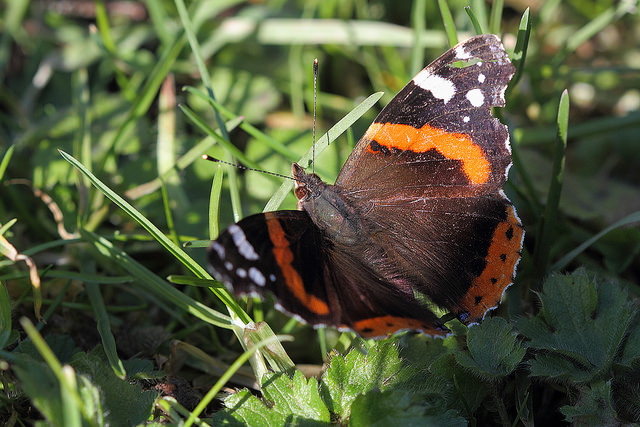
It’s not particularly unusual for Red Admirals to be seen during a sunny winters day
but I must admit that this is the first time I’ve managed to capture one as early as January!
January certainly lived up to its reputation of being freezing cold so I wasn’t expecting to find any insects, let alone butterflies. However, being the eternal optimist I armed myself with my 100mm macro and set out to my local wood at Porthkerry Park in the Vale of Glamorgan. I couldn’t believe my luck when I came across a Red Admiral. It’s not particularly unusual for Red Admirals, Tortoiseshells or Commas to come out of hibernation during a sunny winters day but I must admit that this is the first time I’ve managed to capture one as early as January! A good sign of an early Spring perhaps and a fruitful year being had chasing butterflies, here, there and everywhere! In his book, ‘The Butterfly Isles’, Patrick Barkham set out to see all of Britain’s 59 species of butterflies in a single year (2009). His first sighting was of a Small Tortoiseshell, in Sheringham, Norfolk on 15th March. This conforms pretty much to my first sighting of last year, which also happened to be of a Small Tortoiseshell on 9th March. So as you can imagine I was pretty chuffed to be two months ahead of the game by capturing this Red Admiral.
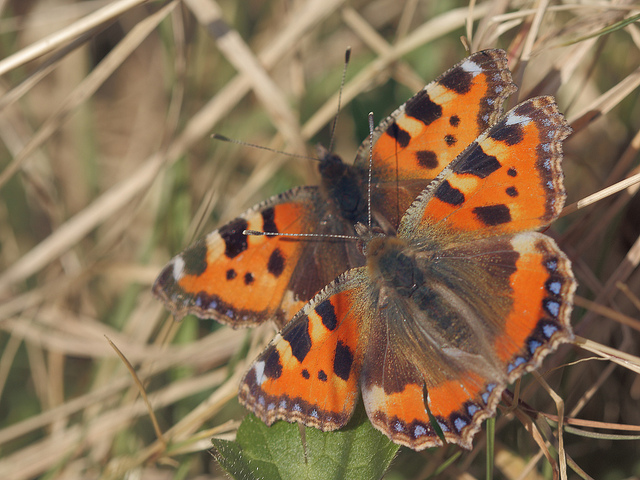
Spring came early last year when I captured this beautiful pair of Small Tortoiseshells.
Taken in Porthkerry Park, Barry, Vale of Glamorgan on 8th February.
Natural light with Canon 40D and 100mm macro.
The assumption that Red Admirals come out of hibernation may be misleading and even false. Reading Jeremy Thomas’ excellent, ‘Butterlies of Britain and Ireland’ he comments that:
‘although a few Red Admirals may seem to hibernate in the British Isles during mild winters, they generally settle in exposed places, such as on tree-trunks or under branches, and usually perish. It is likely that these are late-emerging adults that became trapped after the sudden onset of conditions too cold for flight. The few adults that are seen on sunny days from December to February are believed to result from late caterpillars that were able to develop in warm spots.’
So it would seem that the Red Admiral is a migratory butterfly that doesn’t hibernate like the Peacock, Tortoishell or Comma.
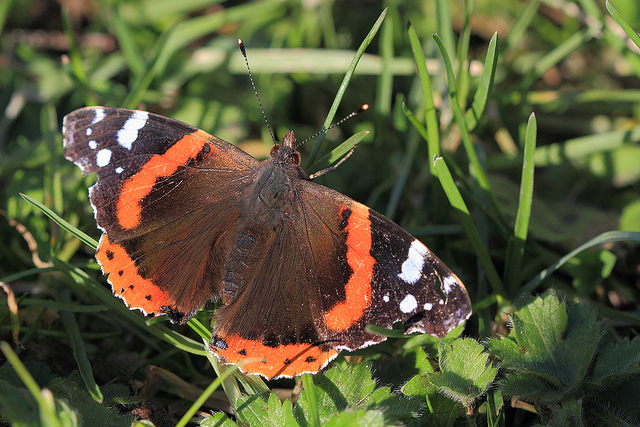
Red Admiral basking on a sunny mid winter day,
even at temperatures of less than 10 degrees celsius!
Hibernating Red Admirals – A myth?
According to Thomas (2010) and again in his latest reprint of ‘The Butterlies of Britain and Ireland’ (2004) – Red Admirals do not hibernate i,e they don’t enter a long dormant stage as Peacock, Small Tortoiseshell and others do. They seem to simply roost on inclement days and fly around and get on with life in winter days when the weather is better.
However, as global warming begins to have an effect on our wildlife, it appears that our butterflies are also responding to increases in average winter temperatures (Garden Birdwatcher’s Report, “Red Admiral Resurgence in Gardens 21 Oct 2014).
During recent winters several species, namely the Red Admiral have been regularly reported on sunny mid winter days even at temperatures of less than 10 degrees celsius. Such recorded observations of Red Admiral winter behaviour indicate that under the right conditions, the Red Admiral can successfully reproduce here in the UK all year round and are now once again resident in Britain and Ireland (Fox and Denis 2010).

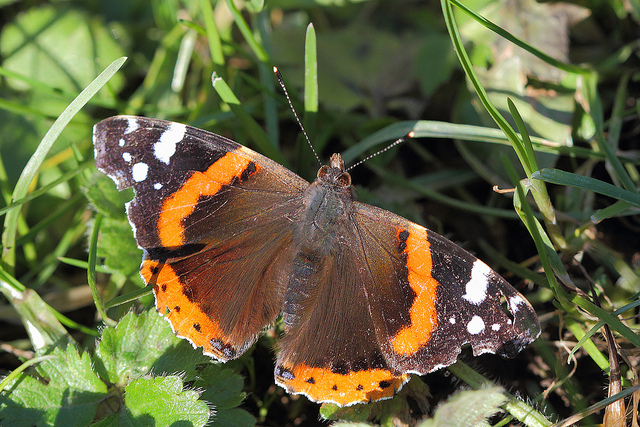
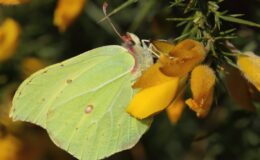
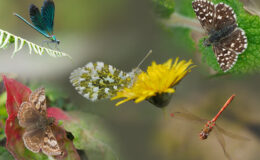
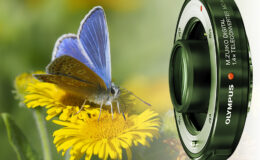
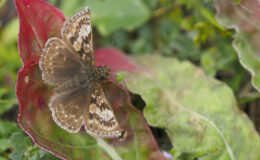
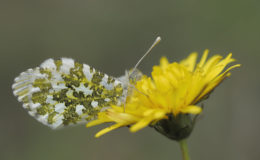
Leave a Comment